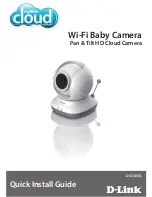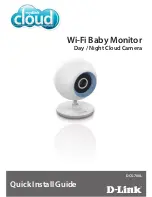
• Then the pressure in the cuff is slowly released and as
soon as a pulse is detected, the pulse symbol
flashes.
Measuring can be cancelled at any time by pressing the
on/off button
and the device switches to standby
mode.
• Systolic pressure, diastolic pressure and pulse readings are
displayed.
• The measurement is automatically stored.
• The symbol appears if the measurement could not be
performed properly. Observe the chapter “Error messages/
troubleshooting” in these instructions for use and repeat
the measurement.
• The device switches off automatically after 1 minute.
Wait at least 5 minutes before taking another measurement!
Evaluating results
Cardiac arrhythmia:
This instrument can identify possible cardiac arrhythmia dis-
orders during measurement and if necessary indicates the
measurement with the flashing icon
.
This may be an indicator for arrhythmia. Arrhythmia is a
condition where the heart rhythm is abnormal as a result of
defects in the bioelectrical system controlling the heart beat.
The symptoms (omitted or premature heart beats, slow or
excessively fast heart rate) may be caused, among other
things, by heart disease, age, physical predisposition, exces-
sive use of stimulants, stress or lack of sleep. Arrhythmia can
only be ascertained through examination by your doctor.
Repeat the measurement if the flashing icon
is displayed
after the measurement. Please note that you should rest for
5 minutes between measurements and not talk or move dur-
ing the measurement. If the icon
appears often, please
contact your doctor. Any self-diagnosis and treatment based
on the test results may be dangerous. It is vital to follow your
doctor’s instructions.
WHO classification:
In accordance with the guidelines/definitions of the World
Health Organization and the latest findings, the measure-
ments can be classified and assessed according to the fol-
lowing table.
However, these standard values serve only as a general
guideline, as the individual blood pressure varies in different
people and different age groups etc.
It is important to consult your doctor regularly for advice.
Your doctor will tell you your individual values for normal
blood pressure as well as the value above which your blood
pressure is classified as dangerous.
17
















































